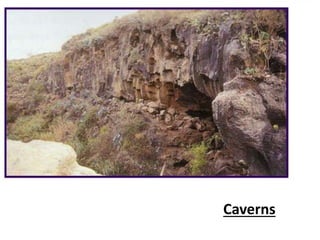Blogg arquitectura 1
- 1. Caverns
- 2. 750.000 years ago: Caverns
- 3. 40.000 years ago, wood-frame shelters
- 4. Refuge mammoth bones: 18.000 years ago
- 5. 7.000 a.C.: Ãatal ąáÞēâÞ°ė
- 6. c. 6.000 a.C. :IglÚ Arctic Eskimos for "igloo" means a house
- 7. c. 4000 B.C. : Housing lake The typical house was wooden house on stilts or on platforms supported by piles driven into the bottom of lakes. Internal view
- 8. Shacks
- 9. The beehive houses, usually made of adobe or stone houses are made of two bodies; circular or conical main one which is attached to it a second square, lowest. Housing in Mesopotamia
- 10. Cathedral Central Plaza Town Hall Perimeter wall Housing Organized new city
- 11. Roman house
- 12. Inside a Roman house
- 13. La Rioja in the Bronze Age
- 14. Houses made of mud and tree trunks
- 15. Modern house Integrated nature with civilization.
- 16. Modern house
- 17. Ecological house
- 18. Ecological house
- 19. Cottage
- 21. Siedlung Halen, row housing project developed by Atelier 5 study between 1956 and 1961 in Herrenschwanden, Switzerland
- 22. Vertical unit owned homes Madrid Spain






















